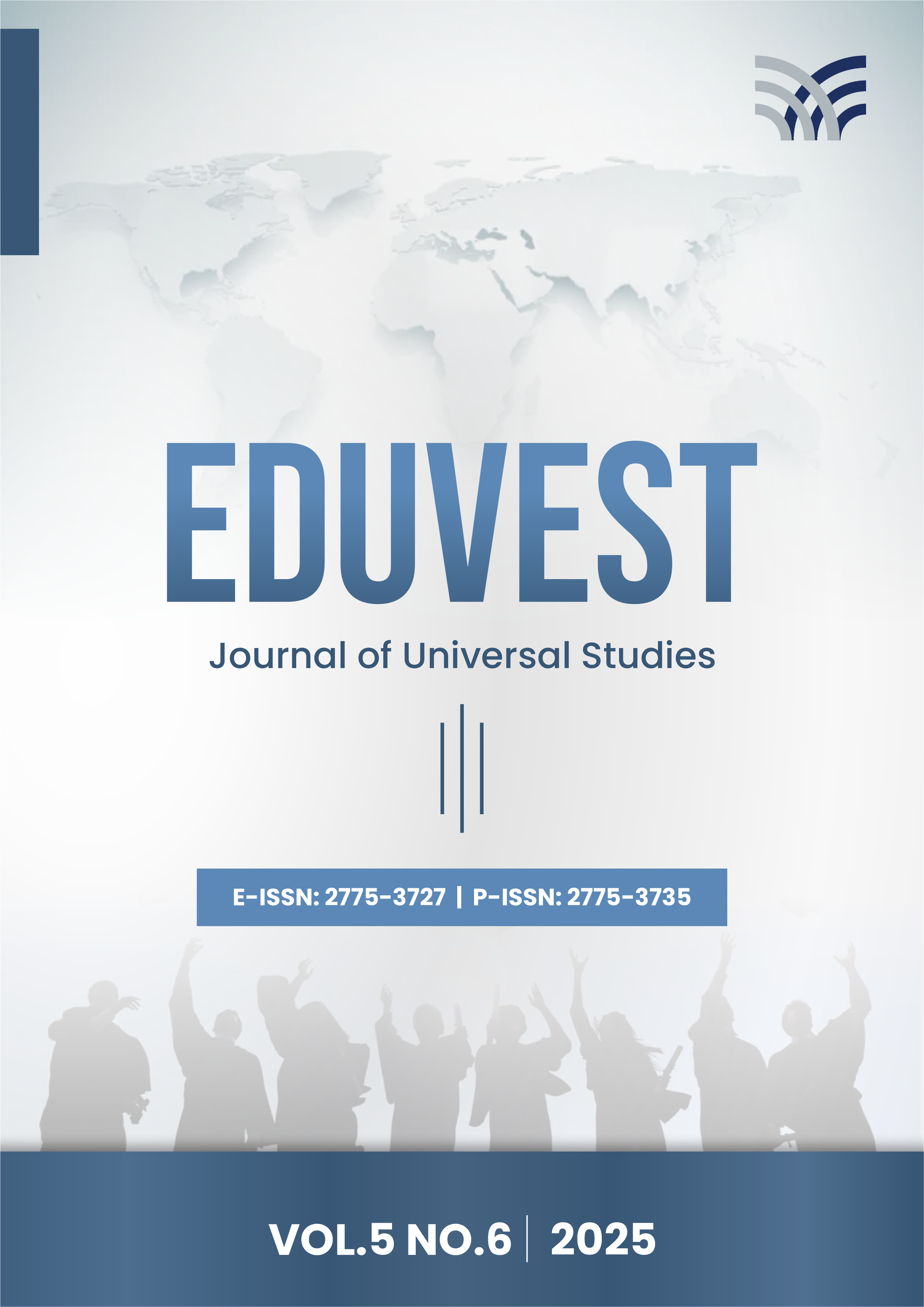Urban Fortifications and Quarantine Strategies During The Covid-19 Pandemic
DOI:
https://doi.org/10.59188/eduvest.v5i6.50191Keywords:
quarantine, strategic planning, urban health, pandemic, health and architecture, spatial dynamicsAbstract
This study examines the transformation of urban fortifications and quarantine strategies during the COVID-19 pandemic, focusing on residential enclaves in Jakarta, Indonesia. The research problem centers on how quarantine boundaries were defined within fortified urban enclosures and how residents reacted to spatial changes during the pandemic. The objectives include analyzing the forms of fortification, understanding residents' perceptions, and evaluating the effectiveness of pandemic-related policies. The study employs a mixed-methods approach, combining online questionnaires with 205 informants, field surveys of 36 residential enclosures, and detailed map-tracing techniques to correct and validate spatial data. Findings reveal that fortifications, such as walls and gates, were reinforced during the pandemic, serving as both physical and symbolic boundaries to limit virus transmission. Residents' perceptions highlighted the importance of safety measures, though these measures sometimes contradicted principles of open urban design. The research also identifies key actors influencing spatial patterns, including local officials, security personnel, and residents. Implications of the study contribute to urban design and architectural theory by proposing methods for mapping fortified boundaries and advocating for balanced, resilient urban planning that integrates health protocols without compromising community openness.
Downloads
Published
How to Cite
Issue
Section
License
Copyright (c) 2025 Dita Trisnawan, Renny Nurhasana, Chotib Chotib

This work is licensed under a Creative Commons Attribution-ShareAlike 4.0 International License.











